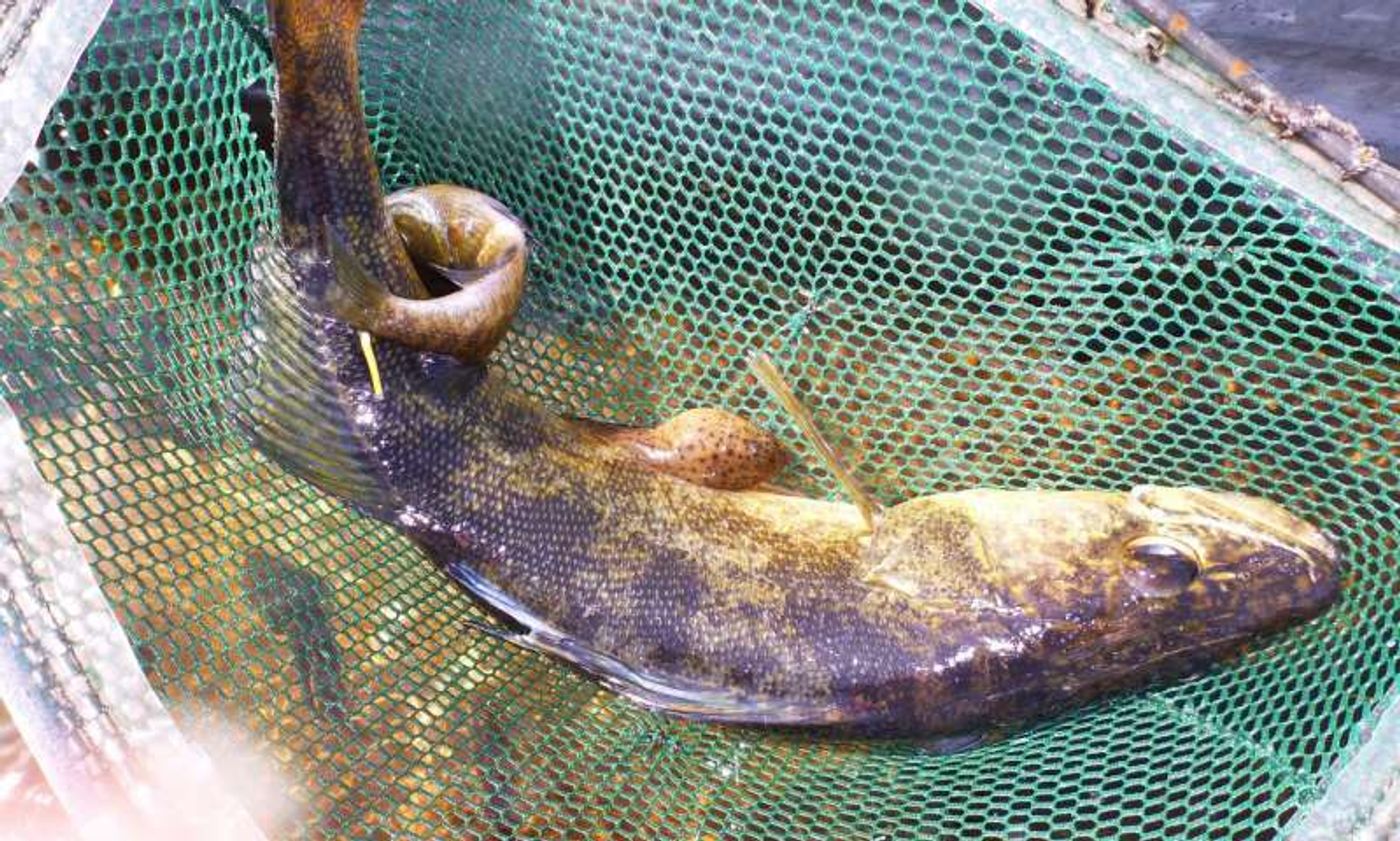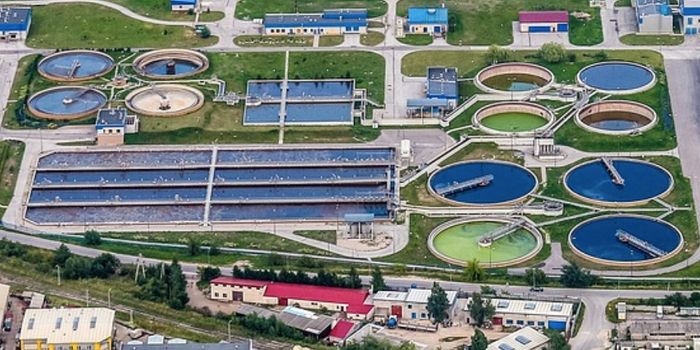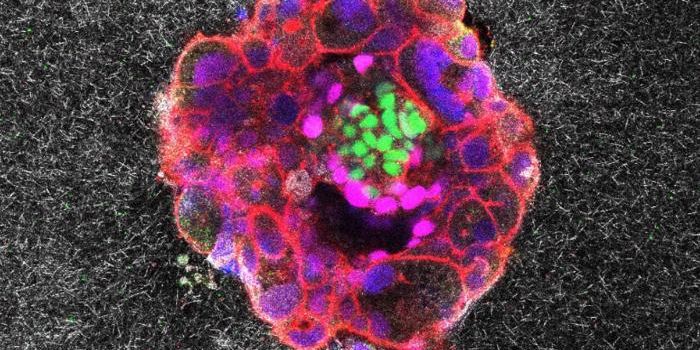Walleye Fish Populations Seem to be Declining
Many fish enthusiasts are familiar with walleye fish, but one thing they may not be so familiar with is the rate at which their populations appear to be diminishing.
Image Credit: Andrew Rypel/UC Davis
A new study published in the Canadian Journal of Fisheries and Aquatic Sciences suggests significant declines in walleye fish in the lakes scattered throughout the state of Wisconsin. Unfortunately, there aren’t any signs that these declines will let up anytime soon.
The study relied heavily on existing population statistics, and the researchers observed population declines of 27% between the years of 1990 and 2012. The team cites climate change, habitat degradation, and overfishing as potential driving factors that have contributed to the dismal findings, but admittedly, there could be more.
Walleye populations throughout Wisconsin’s lakes exist in one of two ways; either the fish naturally reproduce on their own, or the fish are ‘stocked’ into the lakes by humans to make up for lacking reproduction. Interestingly, the researchers observed higher declines in lakes with more ‘stocked’ walleyes than those that rely more heavily on natural reproduction.
“This is a clear warning sign that something is not right,” explained Andrew Rypel, the lead author of the study. “The results suggest that anglers, tribes, and resource management agencies will all need to work together to craft new science-based management policies for moving forward.”
Related: The chemicals we flush down the toilet may be contributing to more transgender fish
Walleye fish are particularly tasty compared to other kinds of fish, and they’re commonly fished for food. Unfortunately, they don’t appear to be reproducing as quickly as they’re getting plucked from the water.
Given the circumstances, it seems vital that conservationists act fast to sustain walleye fish populations before it’s too late. Population declines, when caught early enough, can be reversed with new laws and regulations.
“It’s essential that we work collaboratively when we see trends that fisheries like these are in decline,” Rypel added.
Related: This fish quickly adapted to live with toxic chemicals
Hopefully, animal conservation groups and local governing bodies can work together to quickly discern the underlying issue and get walleye fish populations back in check.
Source: UC Davis









